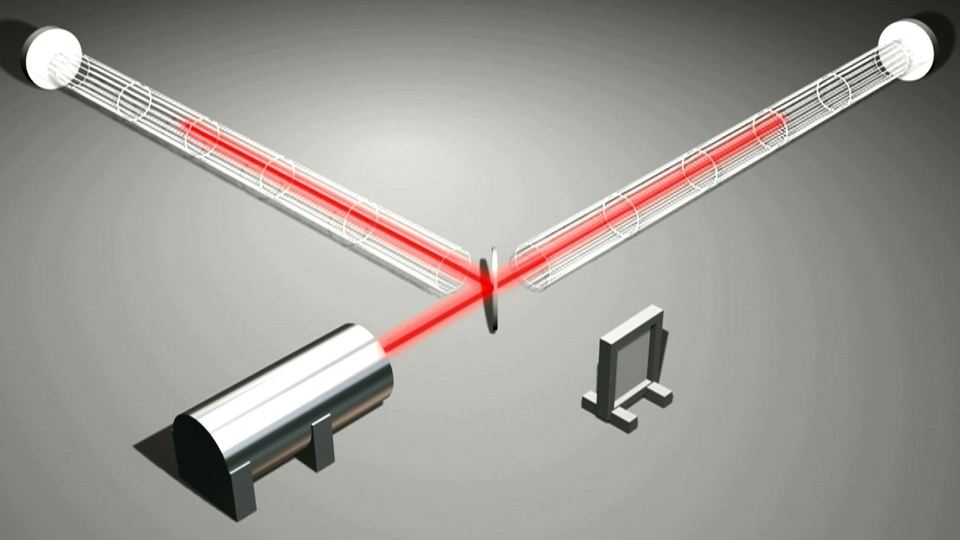Thanks to breakthrough advances in artificial intelligence, we are starting to be able to “hear” the universe’s faintest secrets. Google DeepMind’s Deep Loop Shaping method is now helping astronomers probe the cosmos with an unprecedented level of precision, reshaping the future of astrophysics and our understanding of space.

Gravitational wave interferometer. Credit: CalTech
Breakthroughs at Gravitational Wave Observatories
Gravitational waves are minute ripples in spacetime, created by extraordinary events like black hole collisions. Detecting them is a monumental challenge as these signals are so subtle that even minuscule disturbances can mask them.
The Laser Interferometer Gravitational-Wave Observatory (LIGO) is engineered to capture these elusive waves, but its sensitivity also makes it vulnerable to the slightest vibrations, complicating measurements.
To overcome this, Google DeepMind, in collaboration with LIGO and the Gran Sasso Science Institute, have introduced Deep Loop Shaping. An AI-driven control system that revolutionizes how LIGO manages noise.
At LIGO’s Livingston site, this approach reduced the hardest-to-control sources of noise by up to 100-fold, enabling much more reliable gravitational wave detections and opening a new chapter in observational astronomy.
Inside Deep Loop Shaping: AI Meets Precision Control
Traditional control systems at LIGO must balance between too little and too much intervention. Both extremes can either let critical mirrors drift or exacerbate vibrations, masking essential signals.
Deep Loop Shaping transforms this balancing act by using reinforcement learning, where the AI optimizes its techniques based on frequency-specific rewards. This allows it to suppress unwanted noise exactly where gravitational waves are most likely to be detected.
By training in simulated and real-world conditions, the AI masterfully stabilizes LIGO’s mirrors, even reducing control noise beneath the quantum noise from light itself. As a result, LIGO can now access signals that previously lay hidden in the noise, dramatically expanding its capacity to observe the cosmos.
Expanding Our Cosmic Horizon
Since 2015, LIGO has already transformed our knowledge of the universe, proving Einstein’s theories and revealing new details about black holes and neutron stars. Yet, vast mysteries remain, such as the nature of intermediate-mass black holes that may shape galaxy formation.
With Deep Loop Shaping, LIGO’s enhanced sensitivity is expected to reveal hundreds more gravitational wave events each year, including fainter and more distant cosmic phenomena. This progress could help fill crucial gaps in our understanding of the universe’s evolution and may even uncover phenomena we have yet to imagine.
Beyond Astronomy: Broader Applications of AI Control
The benefits of Deep Loop Shaping extend far beyond gravitational wave observatories. Its advanced noise suppression and stability techniques have promising applications in aerospace, robotics, and structural engineering or anywhere that demands precise control under challenging conditions.
By moving beyond the limitations of conventional linear control systems, this AI-based approach offers a blueprint for tackling complex engineering challenges that require both stability and adaptability.
The Road Ahead: AI as a Catalyst for Discovery
Deep Loop Shaping marks a significant leap in both artificial intelligence and scientific instrumentation. By overcoming the noise barriers that have long limited gravitational wave detection, the collaboration between Google DeepMind and its partners is unlocking new windows into the universe’s past and future. As this technology evolves and finds its way into other domains, the impact could fundamentally change how we explore and understand both the cosmos and the engineered world around us.
Source:Google DeepMind Blog

AI Is Powering Gravitational Wave Detection and Cosmic Discovery